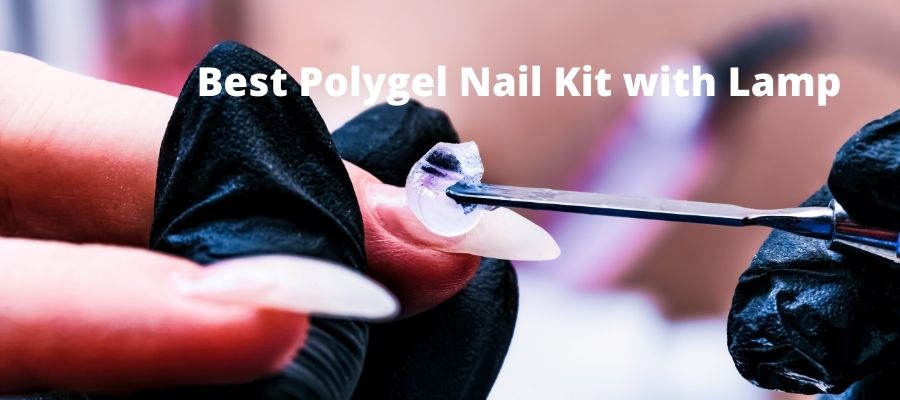How To Get Rid Of Verrucas With Nail Varnish

Executive Summary

Verrucas are a common skin condition caused by the human papillomavirus (HPV). They are small, rough growths that can appear on the soles of the feet or hands. While they are generally harmless, verrucas can be painful and embarrassing. Thankfully, there are many ways to treat verrucas, including the use of nail varnish. This article will explore the effectiveness of nail varnish in treating verrucas, as well as other home remedies and medical treatments. We will also delve into the causes and symptoms of verrucas, providing a comprehensive guide to understanding and treating this common skin condition.

Introduction
Verrucas are a common problem, affecting people of all ages. They are caused by the human papillomavirus (HPV) and are highly contagious. Verrucas can be spread through direct contact with an infected person or surface, or through indirect contact, such as sharing towels or shoes. While verrucas are typically harmless, they can be painful and embarrassing. If you have a verruca, you may be wondering how to get rid of it. While there are many different treatments available, some people choose to try home remedies, such as using nail varnish.
Frequently Asked Questions
What is the best way to prevent verrucas?
The best way to prevent verrucas is to avoid contact with infected people or surfaces. This means wearing shoes in public showers and changing rooms, avoiding sharing towels and shoes, and washing your hands frequently.
How long does it take for a verruca to go away?
Verrucas can take anywhere from a few weeks to several months to go away on their own. However, they can also persist for years if left untreated.
Can nail varnish really get rid of a verruca?
Nail varnish is not a proven treatment for verrucas. However, some people claim that it can help to dry out the verruca and make it less noticeable.
Nail Varnish for Verrucas
Nail varnish is often touted as a home remedy for verrucas. While there’s no scientific evidence to support this claim, it’s believed to work by suffocating the virus, hindering its growth. However, it’s important to note that nail varnish is not a guaranteed cure for verrucas.
Here are some points to consider regarding the use of nail varnish for verrucas:
- Types of nail varnish: Any clear nail varnish can potentially be used, but some people prefer medicated nail varnishes that contain salicylic acid or other ingredients that may help to dry out the verruca.
- Application: Apply a thin layer of nail varnish to the verruca and surrounding area, ensuring it’s completely covered. Re-apply daily for optimal results.
- Frequency: You may need to apply nail varnish for several weeks or months to see any noticeable improvement.
- Caution: While nail varnish is generally safe for topical use, it’s important to avoid getting it in your eyes or mouth.
Home Remedies for Verrucas
Aside from nail varnish, there are several other home remedies that people use to treat verrucas. While these remedies are not always effective, they are often worth trying before resorting to medical treatments.
Here are some popular home remedies for verrucas:
- Tea tree oil: Tea tree oil is a natural antiseptic that can help to kill the HPV virus. Apply a few drops of tea tree oil to the verruca and cover it with a bandage.
- Garlic: Garlic is another natural antiseptic with antiviral properties. Crush a clove of garlic and apply it to the verruca, securing it with a bandage.
- Apple cider vinegar: Apple cider vinegar is known for its antibacterial properties. Soak a cotton ball in apple cider vinegar and apply it to the verruca for 15-20 minutes daily.
- Aspirin: Aspirin can help to exfoliate the skin and remove the verruca. Crush an aspirin tablet and mix it with a little water to form a paste. Apply the paste to the verruca and cover it with a bandage.
Medical Treatments for Verrucas
If home remedies fail to remove your verruca, it’s time to seek medical advice. There are various medical treatments available, with varying levels of effectiveness and potential side effects.
Here are some common medical treatments for verrucas:
- Cryotherapy: This involves freezing the verruca with liquid nitrogen, causing it to die and eventually fall off.
- Salicylic acid: This is a common over-the-counter treatment that can be applied directly to the verruca. Salicylic acid helps to break down the skin of the verruca, making it easier to remove.
- Cantharidin: This is a stronger treatment that is typically used by a doctor. Cantharidin is applied to the verruca, causing it to blister and eventually fall off.
- Laser therapy: This is a more advanced treatment that uses a laser to remove the verruca.
Conclusion
Verrucas are a common skin condition that can be bothersome, but thankfully, there are many treatment options available. While nail varnish may not be a proven cure, it is often used as a home remedy to help dry out the verruca. Other home remedies, such as tea tree oil, garlic, apple cider vinegar, and aspirin, are also popular options. If home remedies fail, medical treatments like cryotherapy, salicylic acid, cantharidin, or laser therapy can be explored. It’s important to consult with a doctor to determine the best treatment for your individual situation. Remember, prevention is key. By following basic hygiene practices, you can significantly reduce your risk of developing verrucas.
Keywords
Verrucas, Nail Varnish, Home Remedies, Medical Treatment, HPV, Cryotherapy, Salicylic Acid, Cantharidin, Laser Therapy.


